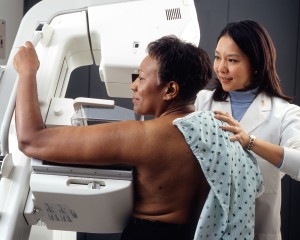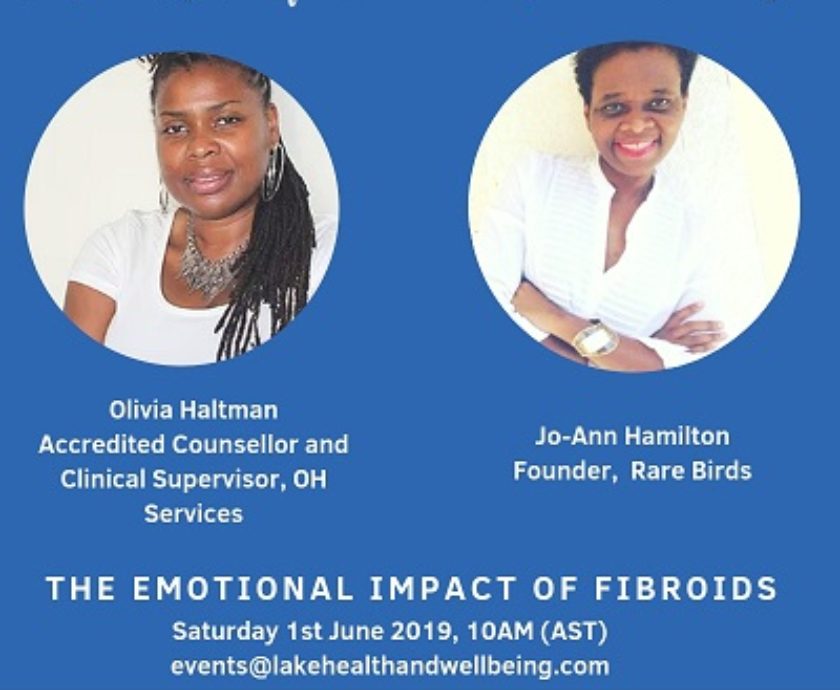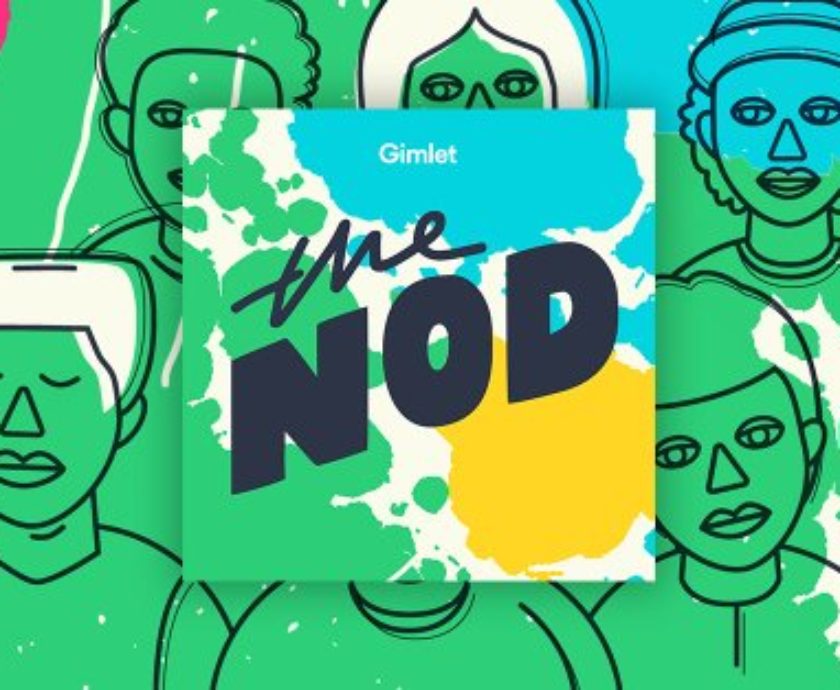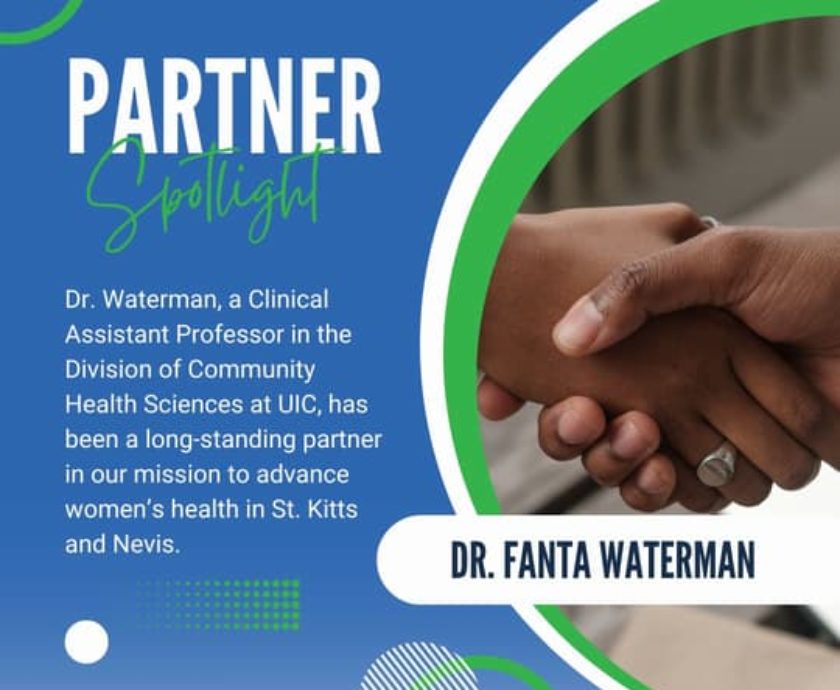As a small charity with limited resources communications and PR can be a challenge, but it is important. We completely understand the power of an effective communication and PR strategy in helping us reach our community with key health messages particularly around cancer and fibroids, our two main focus areas at the moment. With this in mind when we heard about Find a Cure’s workshop on ‘Communications and PR for Small Patient Groups’ we jumped at the opportunity to attend.
This workshop was held today and didn’t disappoint. It was an excellent workshop with very useful presentations from experts in the field of communication. In the first presentation, delivered by Sorsha Roberts, Online Communications Officer at the AKU Society, we learnt of the importance of social media for patient groups. Sorsha highlighted the statistics around the use of social media stating that a significant number of people were using social media to find health information and that 90% of people who found health information on social media trusted it and would use it. Furthermore Facebook is the fourth trusted source of health information and this is because information is delivered in a way that is less clinical, it’s clear, easy to understand and it’s delivered in a friendly and informal environment.
We then moved on to our next speaker Stefania Rucci from Say Communications who spoke about ‘Working with the media’. This was a very informative presentation where Stefania started with an overview of some of the challenges small charities face in getting noticed in the media. These challenges included: competition with other health messages, the media having its own agenda which may not align with a charity’s agenda and small charities have fewer resources making it hard to break through in the media. Despite these challenges it is possible to mount a successful media campaign but it needs some planning and the adoption of some key principles. These include: developing a compelling a story; getting to know your media and aligning your agenda with theirs; targeting media to ensure high impact and high relevance; positioning your organisation as the expert; and always being ready . Additionally Stefania said it was important to produce great content, understand your audience, understand the different types of media (specialist, national papers, local papers, magazines, TV, radio, bloggers and social media) and tailor your content to fit different types of media, i.e. be able to tell your story in a different way so it appeals to different audiences.
We then moved on to the break during which we had the opportunity to check out the live capturing of the event by the graphic facilitators from Two Visual Thinkers. This was a creative and fun way of summarising the key points from each presentation and we were really impressed by the great illustrations and how wonderfully Two Visual Thinkers were able to capture the key points. After the break Anastasios Koutsos from Ogilvy Healthworld delivered a really informative presentation on charity communication. He suggested that the best way of getting a message across is to tell a story and to make that story unique. The way to do this is to develop an emotional narrative, keep it simple and be creative. Once you have developed your story, then it’s all about positioning and messaging. Positioning is a strategic process where you think about the aim for your communication, what the priorities are, your audience and your long-terms goals. Messaging refers to the actual words of your story – the tone and voice. Once this has been thought through and implemented you are beginning to build your brand. Anastasios stressed that in today’s world a company with a good brand is an organisation with a personality and what we have to do is decide on what personality we want our organisation to have and how best to convey this personality. The message (i.e. the words we use) as well as the images and other collateral (PR and awareness materials) help to convey that message. It was stressed that we need to spend some time to develop good collateral – Press releases, backgrounders, leaflets, website, videos etc.
After the break Anastasios Koutsos from Ogilvy Healthworld delivered a really informative presentation on charity communication. He suggested that the best way of getting a message across is to tell a story and to make that story unique. The way to do this is to develop an emotional narrative, keep it simple and be creative. Once you have developed your story, then it’s all about positioning and messaging. Positioning is a strategic process where you think about the aim for your communication, what the priorities are, your audience and your long-terms goals. Messaging refers to the actual words of your story – the tone and voice. Once this has been thought through and implemented you are beginning to build your brand. Anastasios stressed that in today’s world a company with a good brand is an organisation with a personality and what we have to do is decide on what personality we want our organisation to have and how best to convey this personality. The message (i.e. the words we use) as well as the images and other collateral (PR and awareness materials) help to convey that message. It was stressed that we need to spend some time to develop good collateral – Press releases, backgrounders, leaflets, website, videos etc.
The final presentation of the day was by Lara Chappell of EURORDIS who spoke about creating awareness days and their benefits. In this presentation we learnt that having an awareness day or month focuses everyone’s attention on a particular issue. This includes the media, the general public and health professionals. This helps you create a receptive audience but it’s also a great opportunity for collaboration with other organisations in your field. It was stressed that when creating an awareness day it should be patient led and not led by those with a private or corporate agenda. It’s important to decide on a clear objective and theme and develop communication tools that people want to share – a logo, slogan and information pack – that are generic and not branded with a specific organisation’s logo but a logo of the awareness day.
So, that was our day today. It was really enjoyable and informative giving us a lot to think about and has really helped us focus our mind on what needs to be done to better serve you and ensure that we can make a difference by communicating effectively.













